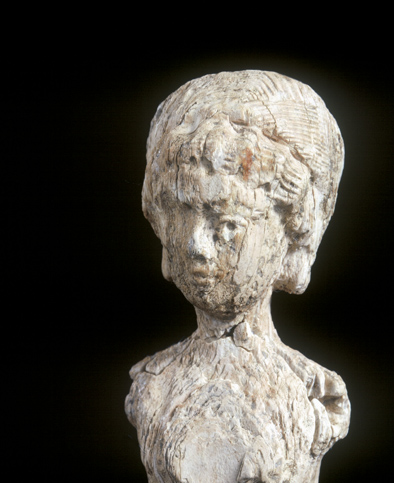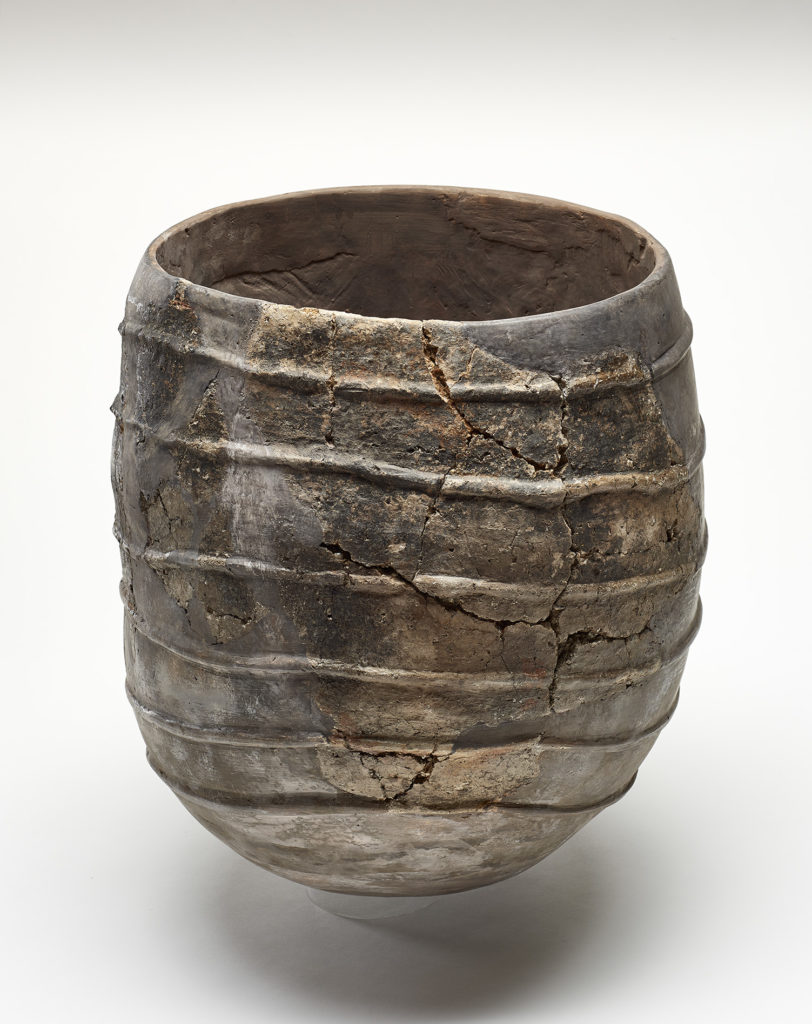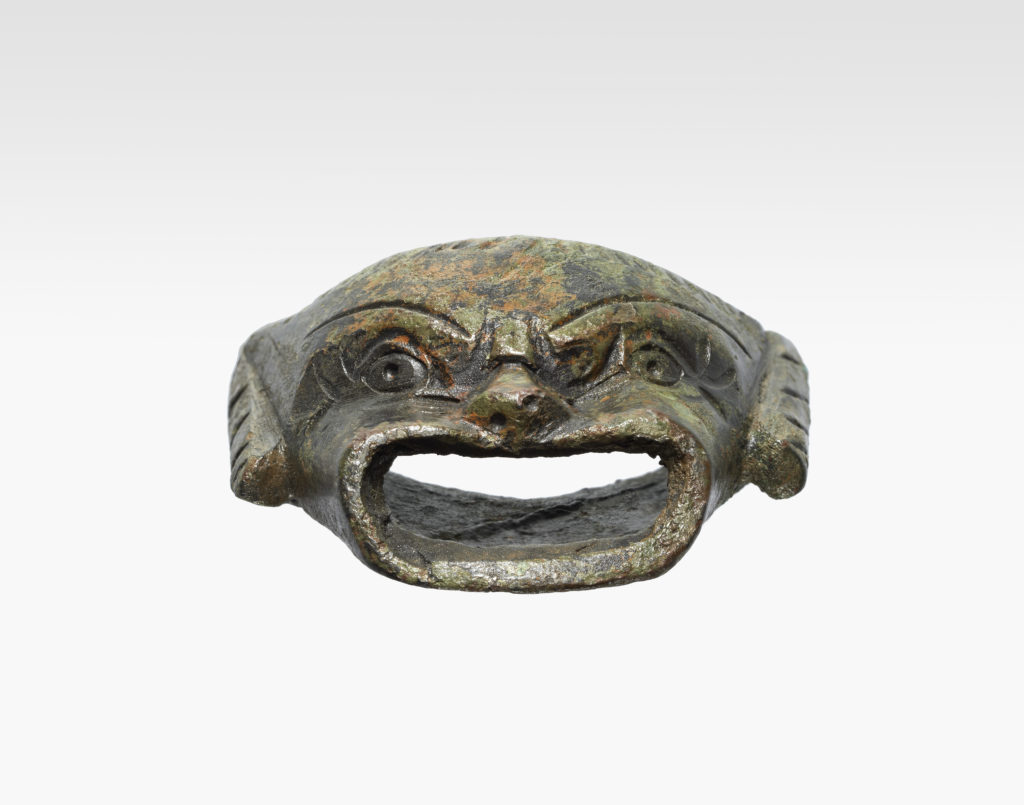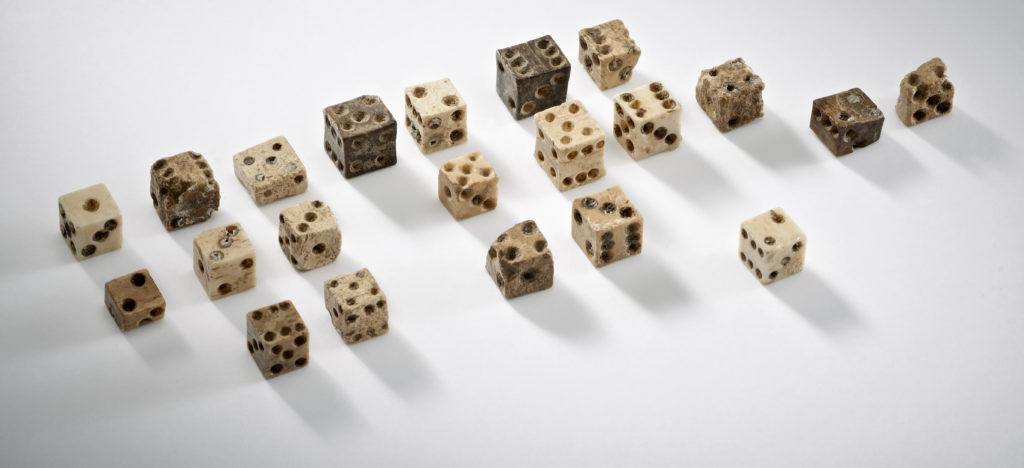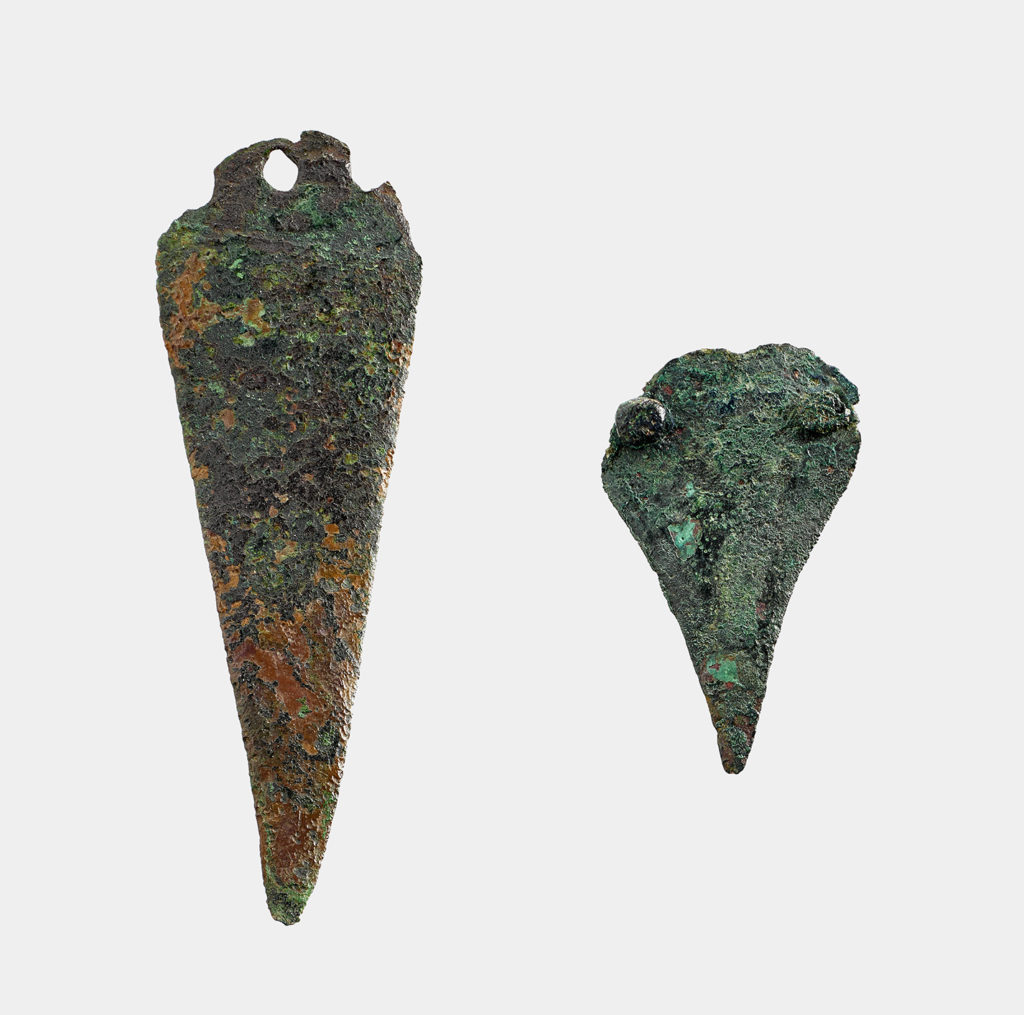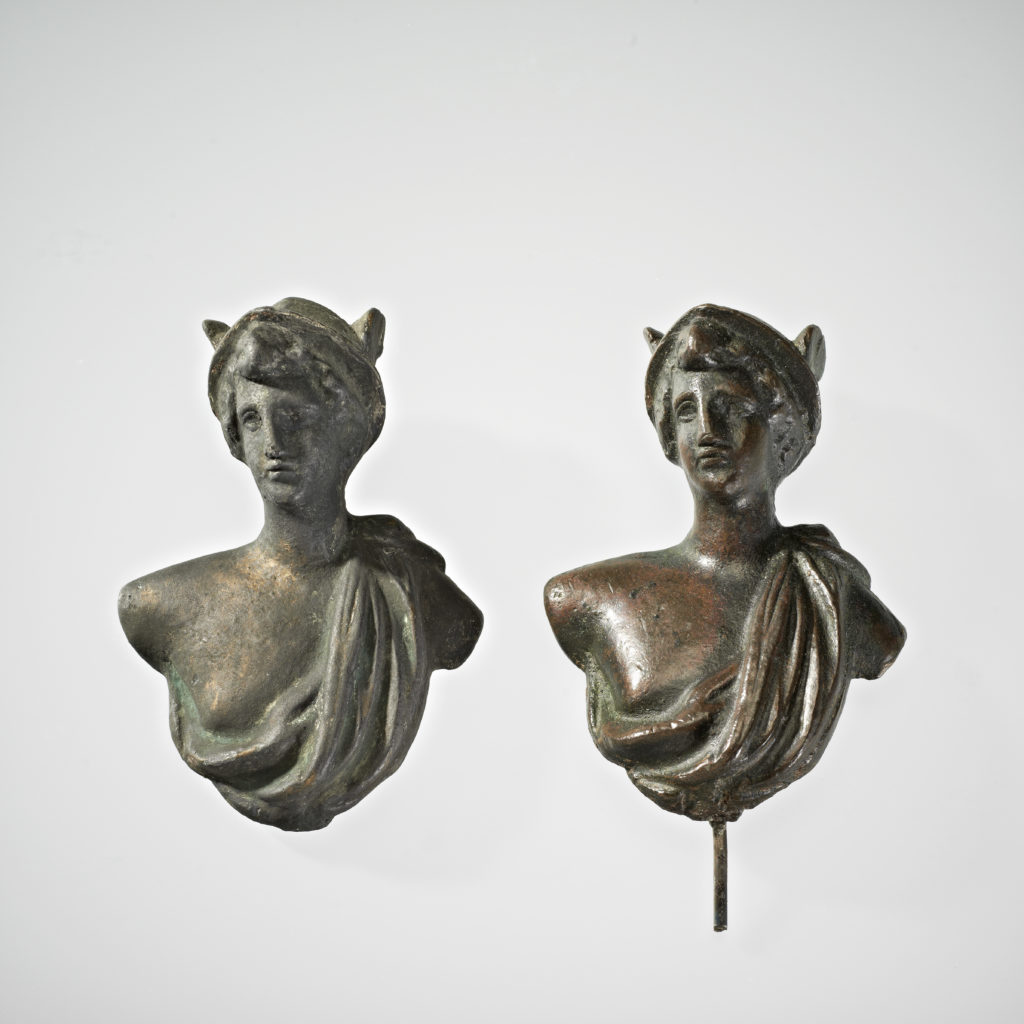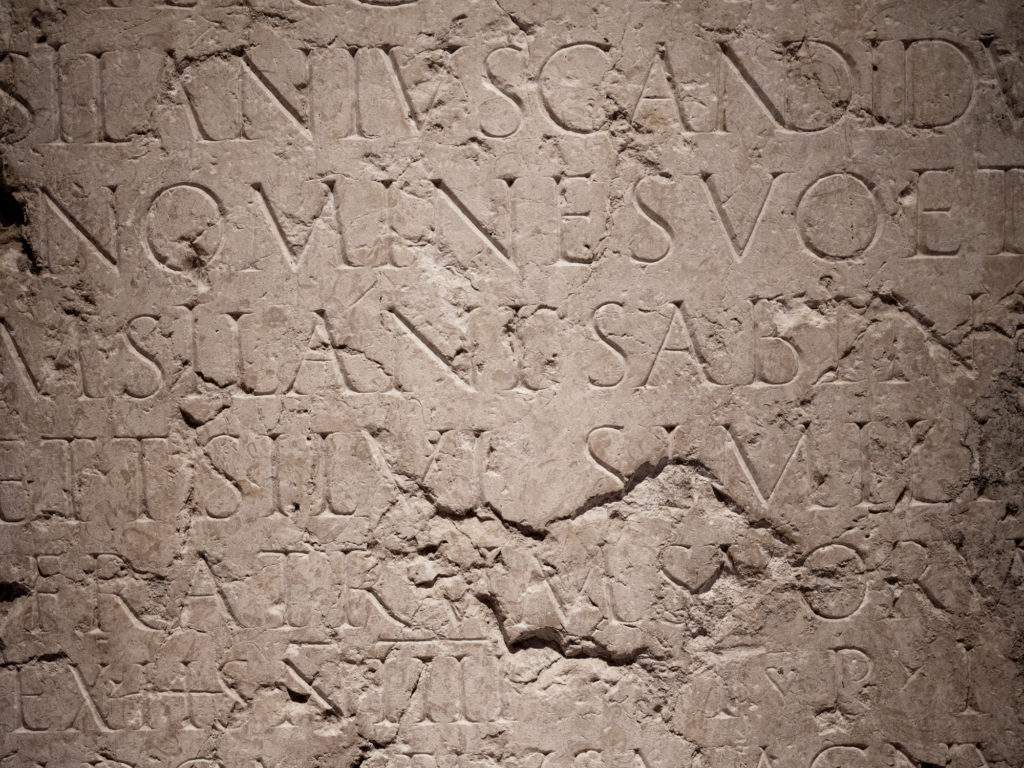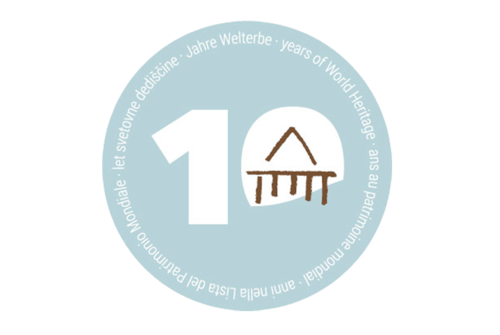The Musée d’Yverdon is the conservatory of the regional archaeological heritage. It preserves tens of thousands of archaeological remains, some of which are the property of the canton and have been classified as priority items in the federal inventor.
The archaeological collection of the Musée d’Yverdon et région originated in the early 19th century. Driven by the patriotic impulse that followed the creation of the canton of Vaud in 1803, many private individuals entrusted the institution with remains discovered by chance in the subsoil of Yverdon. The second half of the 19th century saw the first systematic excavations organised on the shores of Lake Neuchâtel at the palaeolithic sites of Concise and Corcelettes, near Grandson, and led by Louis Rochat (1824-1882), a natural science teacher at the town’s secondary school. This archaeology enthusiast, who was also a volunteer curator at the Museum, donated the entire proceeds of his excavations to the institution.
The first investigations of the Late Roman castrum, carried out in 1903 and 1906 under the direction of the cantonal archaeologist Albert Naef, also yielded a wealth of material which considerably increased the Museum’s collections. Other important archaeological finds soon enriched the collections, including, from the 1960s onwards, the very rich prehistoric material from the coastal sites of Yverdon, Avenue des Sports, from the Neolithic and Bronze Age
The first investigations of the Late Roman castrum, carried out in 1903 and 1906 under the direction of the cantonal archaeologist Albert Naef, also yielded a wealth of material which considerably increased the Museum’s collections. Other important archaeological finds soon enriched the collections, including, from the 1960s onwards, the very rich prehistoric material from the coastal sites of Yverdon, Avenue des Sports, from the Neolithic and Bronze Age.
Since 1953, in accordance with the legal provisions on “museums recognised” by the State of Vaud, the Museum of Yverdon and Region has been the depository of archaeological material from the Roman period found in the former district of Yverdon and material from all other periods for the territories of Yverdon-les-Bains and Cheseaux-Noréaz (the former “circle” of Yverdon). The museum’s archaeological collection thus includes tens of thousands of pieces from Yverdon and the region, covering practically all periods, from the Neolithic to the High Middle Ages. With the application of the Law on movable and immovable heritage (LPMI), the Museum receives all new archaeological finds made within its area of competence under the authority of the Musée cantonal cantonal d’archéologie et d’histoire (MCAH).

